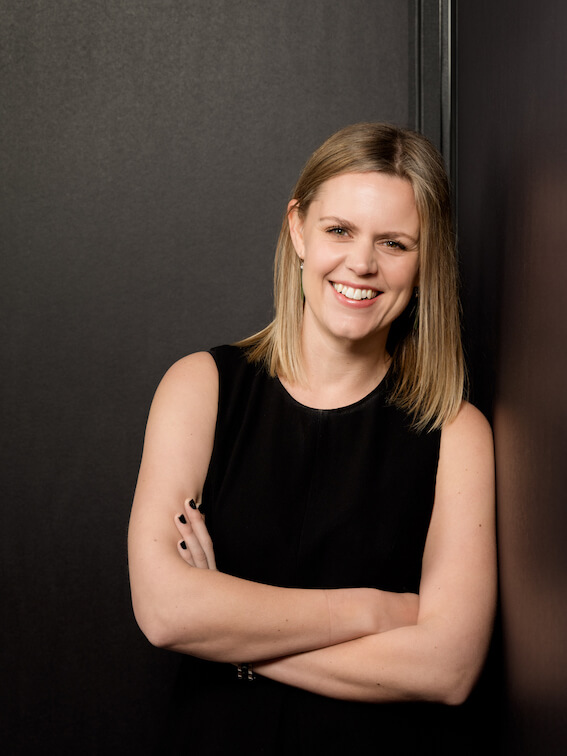I have a theory about change: All change is people change.
Without support, change dies, or it doesn't get started at all. Without the buy-in from people in your workplace, change doesn't get out of the idea stage. We end up looped in a cycle of planning, thinking, and more planning – but stay trapped in the starting blocks and don't see anything actually… happen.
In designing a piece of work with MBIE recently, we talked about the Deliverology framework developed in the UK. Deliverology is a striking and almost embarrassing method for public service transformation. Why is it embarrassing? Because we need it in the first place!
The framework, now applied globally, follows a simple, robust process to get ideas moving into implementation.
I think the need for this initiative is genuine. Thanks to shifting priorities, political pressure, difficulty in measuring success and a track record of failure, getting ideas into implementation is no small feat. I'm all about this stuff – I even wrote a book about it!
As you can imagine, all sorts of theories sit behind the Deliverology method – implementation requires many technical components, like alignment, accountability, resourcing, monitoring and reporting.
However, the most powerful and effective piece of the Deliverology puzzle is in establishing a 'delivery unit' – a small team of people focused exclusively on getting critical things done and pushing boundaries. A "Get Shit Done" crew.
This paints an interesting picture. Despite our cleverness and thinking, the people are the most critical drivers to getting things moving.
“He aha te mea nui o tea o? He tangata, he tangata, he tangata” (What is the most important thing in the world? It is people, it is people, it is people.) – Maori whakatauki (proverb)
I had a timely reminder of how critical this is in working with a client just this week. This community-facing unit is part of one of NZ's largest public organizations, where corporate compliance, process and BAU gobble up ever-increasing amounts of time.
A new staff member is starting shortly, tasked with changing how programming is designed and delivered. And you know what they're planning to do? They're going to keep that person out of crucial meetings for the first few weeks, and keep them under the radar - before they get trapped in the wheel! Change by stealth.
Why are they doing this? Because they know the only way to get things moving is to have the right people doing the right stuff – and avoiding the wrong stuff!
The client example above is a best-case scenario – taking someone fresh and keen and letting them loose in the right direction.
Most of the time, it's not that easy. Generally, the people we're working with come with baggage – history, habits, fears and preferences. Bringing the rest of our team on board with new strategies, tools, policies, or structures means tackling those things head-on.
It stinks of hard work. Yeah. But people are the key – whether you're pushing boundaries or nudging edges. Despite a fear-inducing article every few months telling us that robots will take all our jobs, our efforts now depend on humans' actions. It stands to reason, then, that if you can't get people behind you and shift in the same direction, you're not going to get where you're going.
If you want stuff to happen differently, you need the people who do stuff to change what they're doing.
Whether you're driving technology change, process change, service delivery change, or any other kind of shift, we need people to come on the journey and make it possible for them to make ideas real.
Have you neglected the people aspect of change?
 Alicia McKay
Alicia McKay